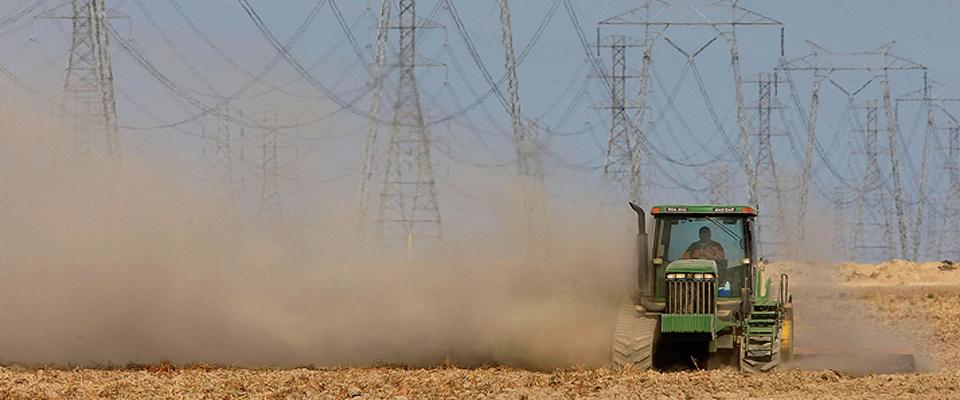In the mid-2000s, William Fisk, a senior scientist at Lawrence Berkeley National Laboratory, stumbled upon two obscure Hungarian studies that challenged common assumptions about the air indoors. The studies suggested that, even at relatively low levels, carbon dioxide could impair how well people thought and worked.
Fisk, an indoor–air quality expert who led the Berkeley Lab’s Indoor Environment Group, searched for other studies on the topic. He found none that had examined the health effects of CO2, the gas we exhale, below ultrahigh levels. “There was no quality research. It got to be a dogma that there are no effects below these high concentrations,” he said.
Fisk was skeptical of the Hungarian studies, which he had seen only briefly summarized in a non-peer-reviewed paper, but their findings nagged him nonetheless. And so, nearly a decade after encountering them, he decided to do his own analysis. Along with three colleagues at the Berkeley Lab, Fisk partnered with researchers at the State University of New York who had developed a computer-based test to measure decision-making.
In the experiment they conducted, the scientists had 22 participants take three versions of the test in two-and-a-half-hour sessions, each time with a different carbon dioxide level in the room.
The results floored Fisk. At concentrations as low as 1,000 parts per million (ppm), decision-making declined moderately, but noticeably, on most measures. At 2,500 ppm, decision-making was substantially hampered. By comparison, the Occupational Safety and Health Administration currently sets exposure limits for workers at 5,000 ppm, averaged out over an eight-hour workday.
“If you’re taking your SATs and happen to be stuck in a room that’s poorly ventilated, your performance could be adversely affected. Is that fair?”
“I was very surprised at the strength of the effect,” Fisk said. “These results were so contrary to the widespread view.”
He also worried about the implications of the findings. Carbon dioxide levels studied match those found in some crowded conference rooms, cars, and planes. Surgeons wearing masks probably inhale much more. Concentrations in public school classrooms frequently exceed 1,000 ppm and sometimes even 3,000 ppm.
“If you’re taking your SATs and happen to be stuck in a room that’s poorly ventilated, your performance could be adversely affected. Is that fair?” Fisk asked.
The team’s results, published in 2012 in Environmental Health Perspectives, were statistically significant, but they were cautious, noting that “confirmation of these findings is needed.” That confirmation came last fall, when a team led by Harvard public health researchers published another study in the journal, using the same test. They found that participants performed only half as well under indoor carbon-dioxide concentrations of 1,400 ppm as they did in a well-ventilated room.
“In science, when you find disagreement with what everyone has always thought, usually it turns out you’re wrong,” said Mark Mendell, a Berkeley Lab affiliate researcher who coauthored the 2012 study. “The fact that they were able to replicate the findings is very convincing.”
Convincing, but perhaps not yet conclusive. A March study in the journal Indoor Air found no effects on cognitive performance, based on tasks such as typing and doing arithmetic, at CO2 levels of 1,000 and 3,000 ppm. But even accepting the effects observed in the earlier studies, Fisk says other questions remain. Scientists don’t know what might cause the cognitive effects, for example, or whether people adapt to higher levels after consistent exposure.
NASA is currently replicating Fisk’s study, using a longer exposure time and adding a 5,000 ppm concentration level. Results are expected by April 2017. In the meantime, Fisk keeps his window open.






















